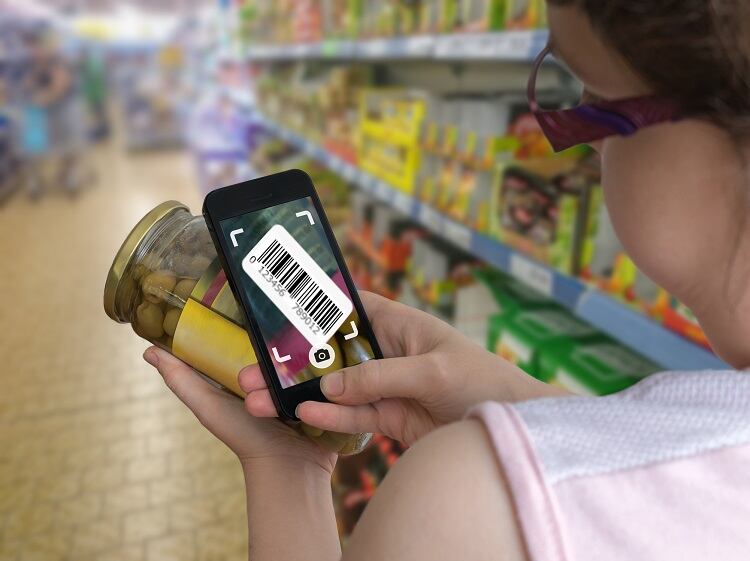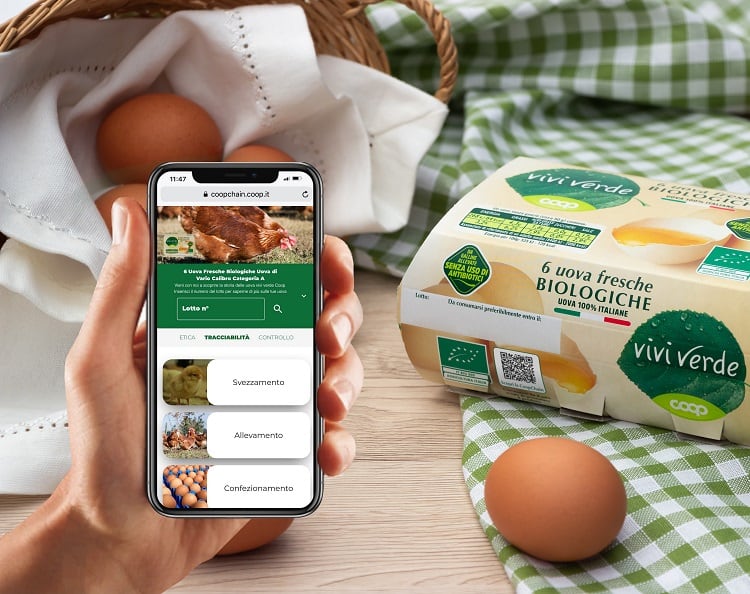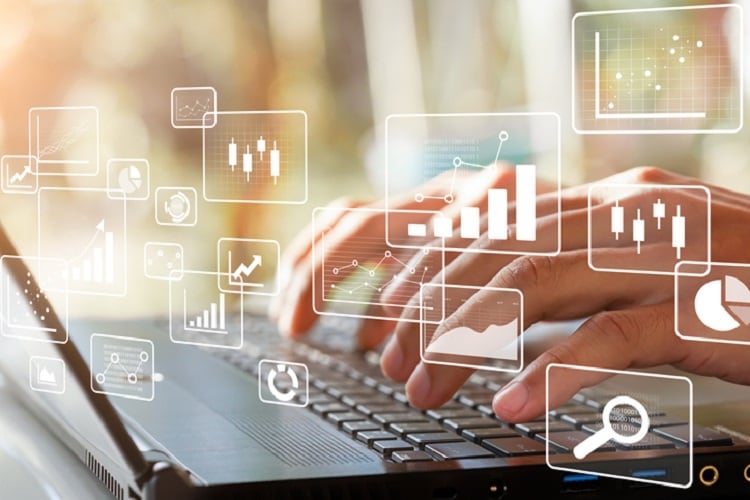Transparency is a hot topic in the food industry. By increasing its presence, a great number of current problems could be significantly reduced, according to senior research scientist at Siemens AG, Dr Rudolf Sollacher.
“We want to digitalise food supply chains to make them more transparent,” the project lead told FoodNavigator at INNOVEIT in Budapest, Hungary last week.
“Food safety incidents still cause a lot of health issues. One in 10 people get sick from food each year and 420,000 die, according to the World Health Organization (WHO).” Yet, by digitising the supply chain, Dr Sollacher said industry stakeholders can react faster and be more specific in their response, in order to reduce these incidences.
Food waste is also a 'big issue’ – and one that could be combated by increased digitalisation, we were told. “One-third of food is lost from farm to fork due to [a myriad] of reasons, including quality problems in production, [expired] shelf-life, and contaminants in foods.
“We want to help reduce these impacts.”
Tapping IoT across the supply chain
The researchers’ solution is a digital twin management product, based on Siemens’ Internet of Things (IoT) cloud platform ‘MindSphere’. “The MindSphere platform allows users to store data in protected data spaces. And we have developed specific apps on top of that,” Dr Sollacher explained.
These applications can benefit businesses in two ways: firstly, companies can structure their data to simplify data retrieval and analysis. Secondly, it allows businesses to share data with stakeholders, including consumers.
In practice, this means that food manufacturers will sell data alongside their products, the scientist explained. “Then the consumer not only receives the product, but also all kinds of information [the manufacturer has chosen] to share.”
Such extra information could include where specific ingredients were sourced and how sustainable a production method is – essentially anything that doesn’t fit on a product’s packaging.
“You could show to consumers that you are a sustainable business across the whole value chain, starting from the farm to the end product,” explained the project lead. Consumers could be alerted to the manufacturing method’s CO₂ consumption or if any food was lost in the process. This could be extended to include how much fertiliser was used on a farm at the primary level, as well as antibiotics and pesticide use.
The team is testing its prototype solution with two project partners: Swiss flavour and fragrances group Givaudan and Israeli food giant Strauss Group.
Next steps
Another project partner, Fraunhover, is providing the data sharing technology for consumers. When shoppers enter a product’s ID number, they will be diverted to a website containing all the data shared by the food player.
In the future, this website will be a smartphone app, Dr Sollacher explained, which would allow consumers to scan barcodes in-store.
As it is an ‘open system’, additional services can also be applied. Consumers could be notified whether specific ingredients in a product are healthy and whether the product contains specific allergens, for example.
The digital twin management system is still in the prototype phase, with commercialisation predicted for 2020.
The Digital Twin Management project has received funding from EIT Food – a pan-European consortium funded that focuses on entrepreneurship and innovation in the food sector.
“We are very appreciative of the network [offered] by EIT food,” said Dr Sollacher. “And because Siemens is traditionally active in the food processing sector of the food chain, it has allowed us to get in contact with partners which are beyond this market segment,” he added.
EIT Food CEO told FoodNavigator that Dr Sollacher – “the brain behind the digital twins in the food chain” – has helped to create a ‘really great technology’.
“We believe it is important, in order to have a better view of the connect food chain, to have digital twins. It helps to assess the impact of certain actions taken across the different value steps in the food chain and to act faster,” we were told.




